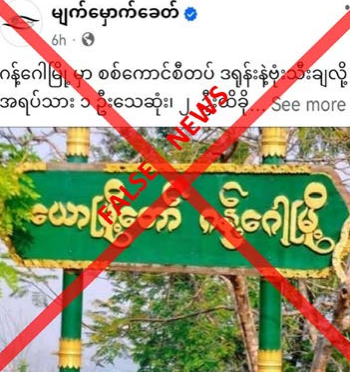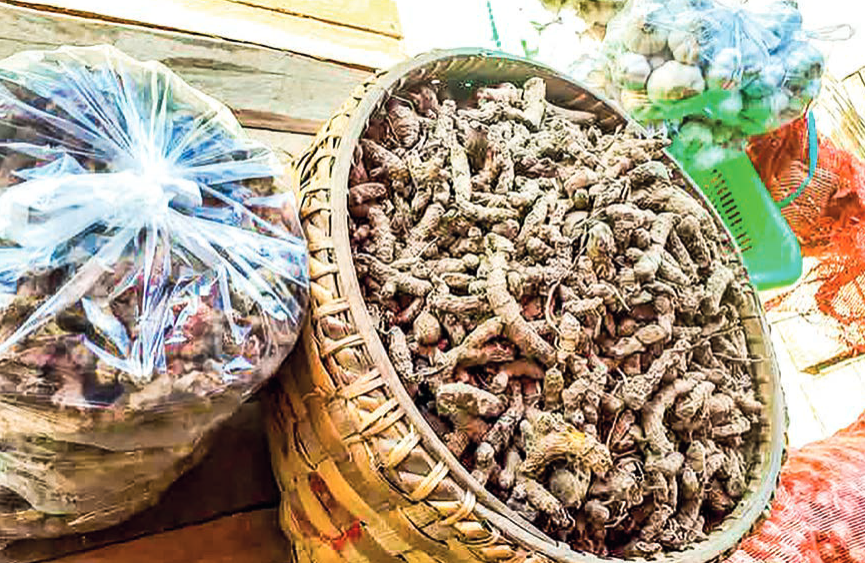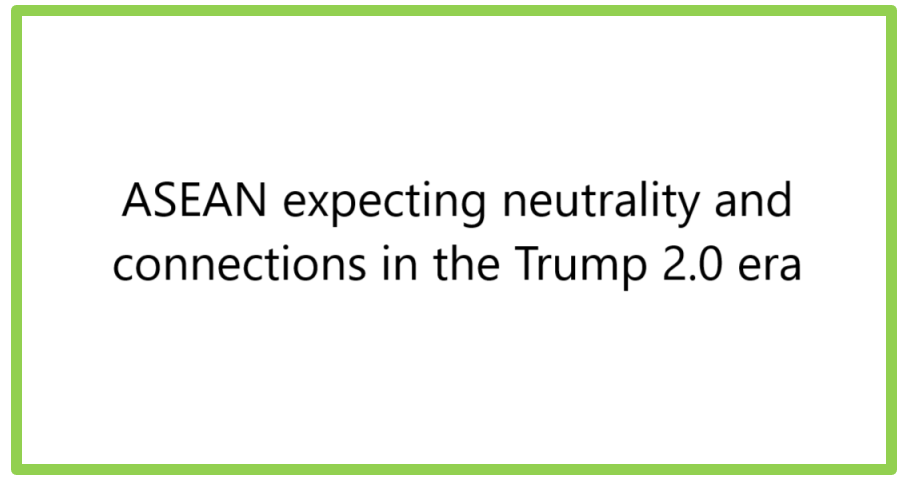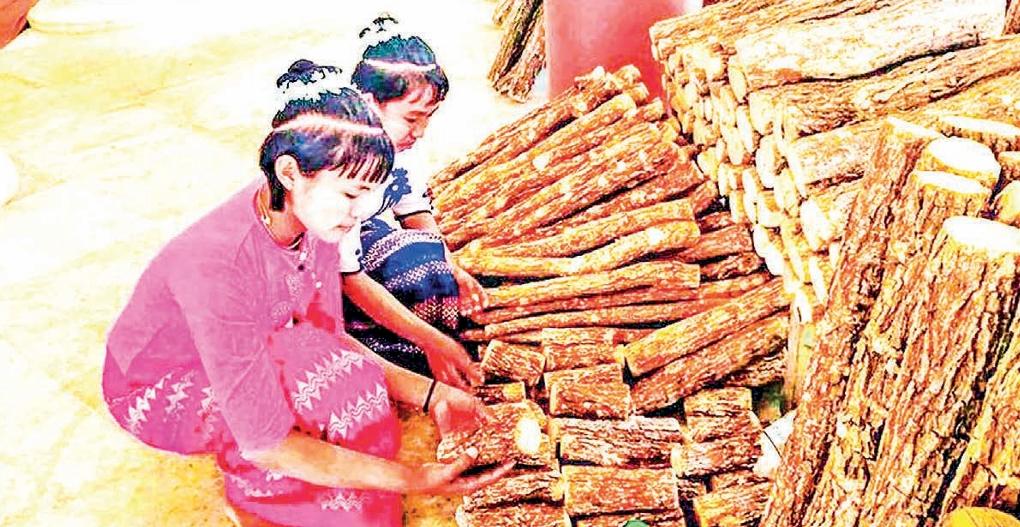Southeast Asian countries need to hedge and expand trade and security alliances to navigate changing increased protectionism and changing geopolitics under the second term of US President Donald Trump, an online forum heard on Feb 12.
The Association of Southeast Asian Nations (ASEAN) may not be a key priority in Trump's foreign policy, but what is significant is how individual ASEAN countries deal with the United States and other major powers, according to the experts who participated in the webinar "Asia and Trump 2.0: Geopolitical Outlooks". The webinar is organized by the Asian Center (AC), University of the Philippines.
Experts have noted how Trump's policy of raising tariffs imposed against its major trading partners like China is also affecting ASEAN as the region is also part of the China supply chain. They also cited Trump's directives such as the US withdrawal from the Paris climate pact and the World Health Organization will have repercussions worldwide.
But while ASEAN countries are not major powers, these countries "still have agency" when it comes to international relations, according to Melissa Hubahib Loja, a postdoctoral fellow at the Center for European, Comparative, and Constitutional Legal Studies, University of Copenhagen.
"The best way for (non-major powers) to exercise their agency is to adopt a rational approach to real politics," Loja said, noting that balancing, band wagoning and hedging are the "rational strategic options" for small states.
Collin Koh Swee Lean, senior fellow at the Institute of Defense and Strategic Studies in Nanyang Technological University, Singapore, cited Singapore as a case study in 6 strategic hedging.
Koh said the city-state, a small and trade-dependent economy, maintains a consistent and principled foreign policy when dealing with major powers like the US and China. Koh said that regional governments like ASEAN are not likely to choose sides and would instead choose to band together to assert their interest on the global stage.
"We are likely going to see greater intra-ASEAN cooperation," he said, adding that he expects ASEAN member states to agree on more vital issues, especially on trade as US tariff hikes threaten their respective economies. Koh also sees "growing participation in regional security" by other non-US regional powers such as those in either the Pacific or Europe.
Maria Thaemar Tana, Japan Foundation Global Japan Studies Fellow at the Institute for Advanced Studies on Asia, University of Tokyo, said that while hedging remains ASEAN's "best strategy", its effectiveness is limited by internal divisions, weak enforcement mechanisms and growing external pressures.
Aaron Jed Rabena, assistant professor at the Asian Center, said ASEAN countries and reduce dependence on the US in light of Trump's "unpredictable and volatile" trade and foreign policy. However, Rabena added that the strategy of each ASEAN nation also varies from time to time based on their perceived and actual threats and opportunities.
He said that while most ASEAN countries don't have a dispute with China, this is not the case with the Philippines. The Philippines currently has a defense treaty with the US and has a dispute with China over the South Sea.
"This is quite a challenging strategic environment, but the Philippines really needs to find the right balance in its foreign policy," Rabena said.
For Noel Christian Moratilla, dean of the Asian Center, "neutrality is what is imperative and applicable at this point". He said that this has already happened in the past, with the establishment of the Non-Aligned Movement in 1961 at the height of the Cold War.
Moratilla said there's no point for the Philippines to antagonize either the US or China and learn from other ASEAN countries "as to how they do it, and also as not to appear very adversarial and very hostile to either one of them".
Irine Hiraswari Gayatri, senior researcher at the Research Center for Politics, National Research and Innovation Agency in Indonesia, said Indonesia is diversifying economic partnerships to reduce reliance on the US market. For example, Gayatri said Indonesia has joined BRICS, demonstrating how is widening alliances.
She said Indonesia "maintains strategic autonomy while regulating partnerships with both China and the US."




